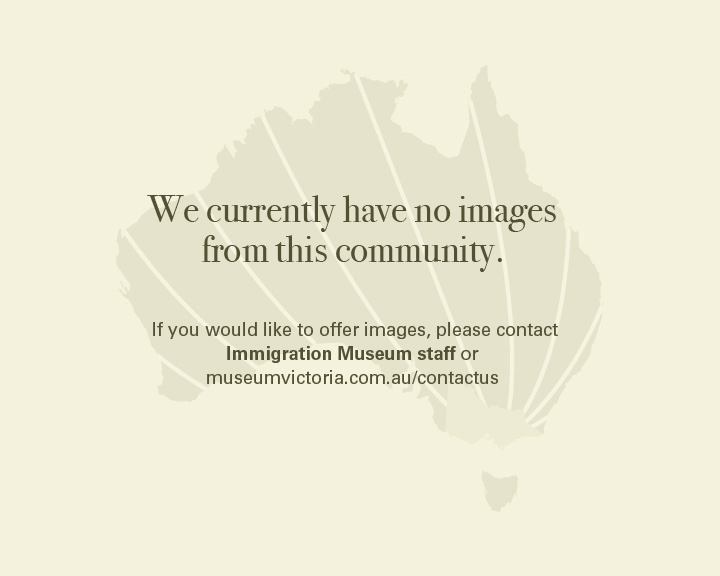Immigration History from Montenegro (Serbian) to Victoria
Неколико досељеника са подручја некада познатог као Црној Гори настанило cе у Викторији у 19. веку. Према попису становништва из 1901. само један човек из Црној Гори су бил регистровани.
После Првог светског рата kраљевине Црној Гори ујединиле се са остатком балканских земаља и територија формирале Краљевину Срба, Хрвата и Словенаца. А 1929. године земља је формално названа Краљевина Југославија. Југославија је била окупирана од стране сила осовине и привремено разоружана за време Другог светског рата, и велики број људи је напустио земљу. Југословени су били међу најбројнијима који су се доселили у Викторију између 1948. и 1955. године, из кампова за расељена лица у Европи. Многи од њих који су се тада доселили у Аустралију били су против новооснованог комунистичког режима у Југославији. До 1954. било је 6,118 досељеника из Југославије у Викотирији.
Погоршана економска ситуација у Југославији, укључујући незапосленост током 1960-их и 1970-их определило је велики број људи, рођених у Југославији да емигрирају у Викторију. Многи од њих су радили привремено у Западној Европи, посебно у Немачкој, пре него сто што су емигрирали у Аустралију. Између 1961. и 1971. популација људи рођених у Југославији повећала се на 49,755 људи.
После распада Југославије 1992. Србија и Црна Гора прогласиле су се Федералном Републиком Југославијом. 1996. када су се особе рођене у Србији и Црној Гори по први пут пописивале посебно, приликом пописа становништва у Аустралији, било их је 4,133 који су живели у Викторији. Пописом становништва 2001. регистроване су 19,643 особе које су рођене у Федералној Републици Југославији – пораст који је одражавао више различиту дефиницију назива државе него велики прилив миграната. 2003. формално је промењен назив земље у Србија и Црна Гора, као унија држава. После тога, цензусом из 2006 пописано је 7,052 Викторијанца који су рођени у Србији и Црној Гори.
У овој години Србија и Црна Гора формално подељена на одвојене државе, иако је цензус за ту годину ипак их броје као заједницу.
Попис 2011, прво да рачуна Црне Горе одвојено, избројао 518 Викторије рођен у Црној Гори.
Историјски подаци из пописа за Црну Гору дели са Србијом
